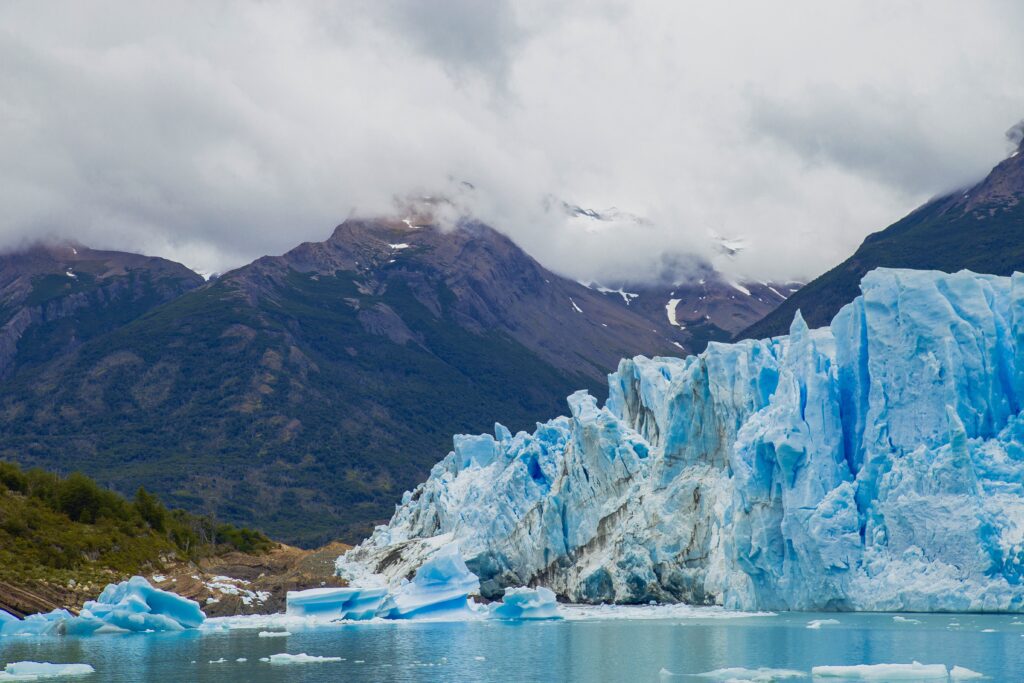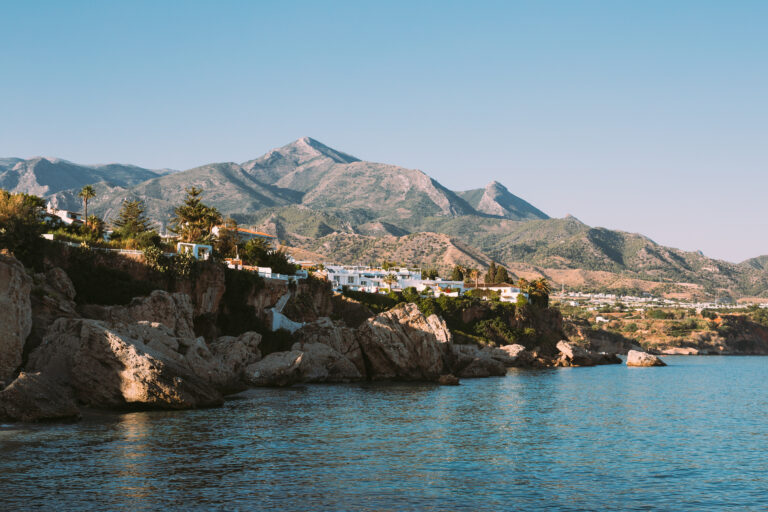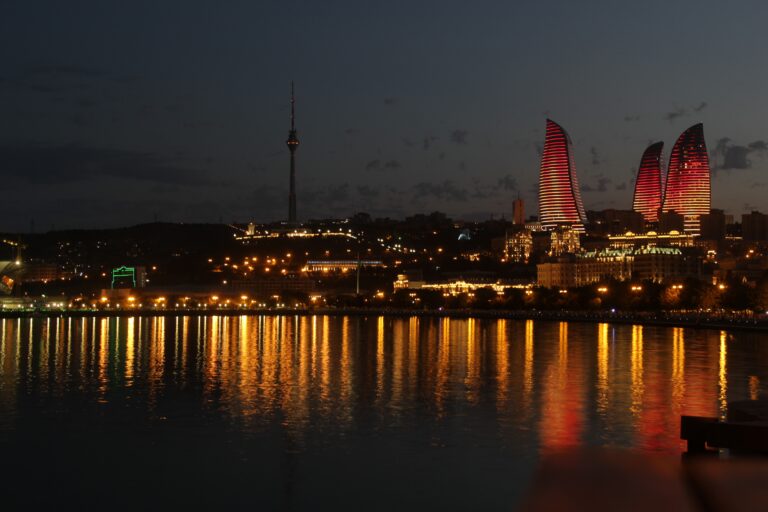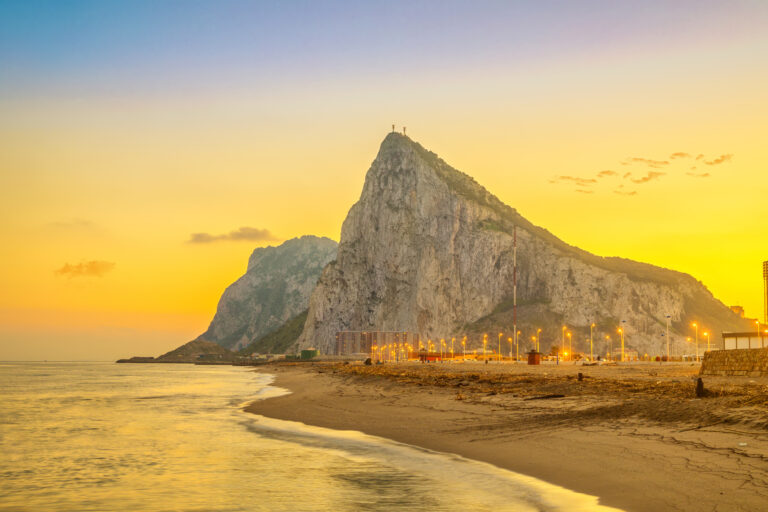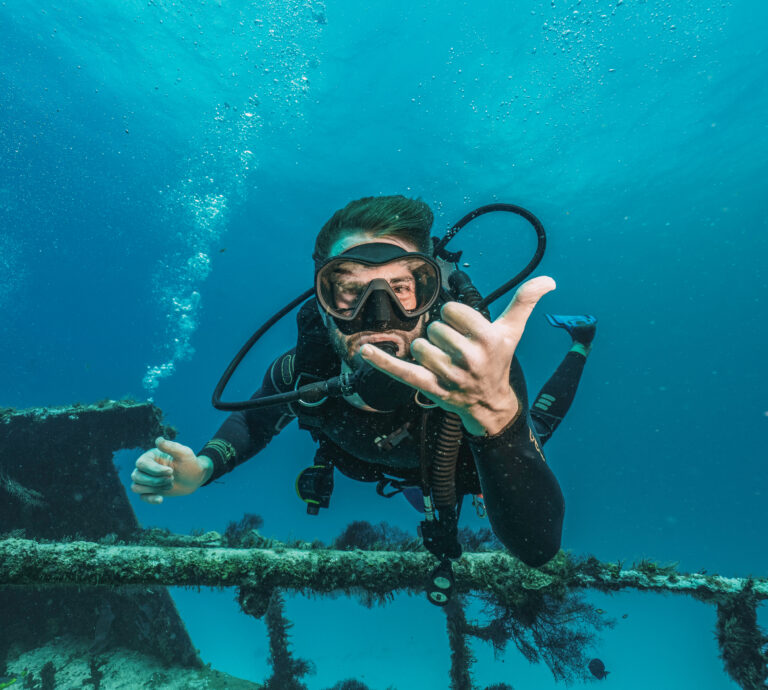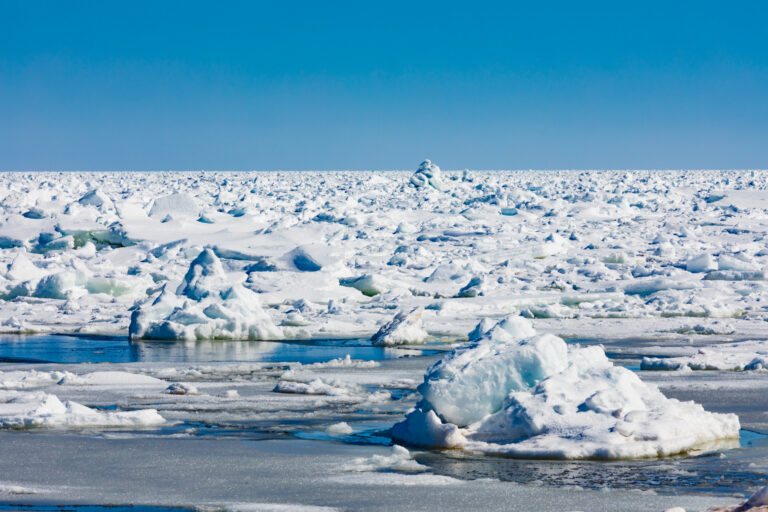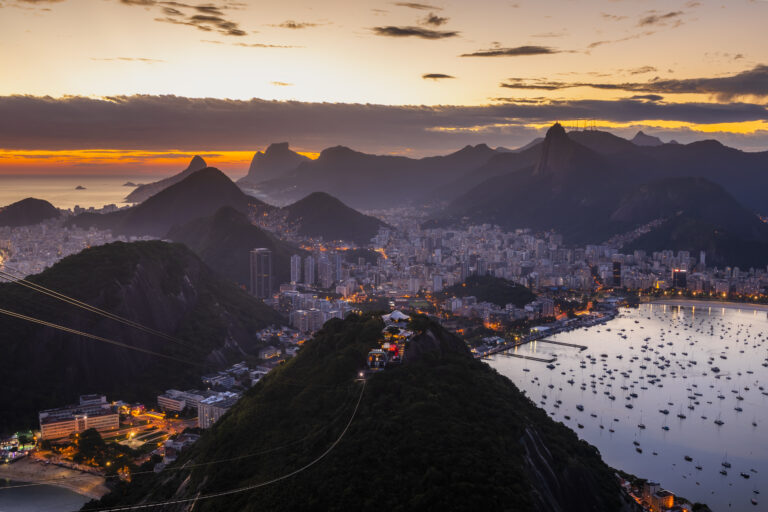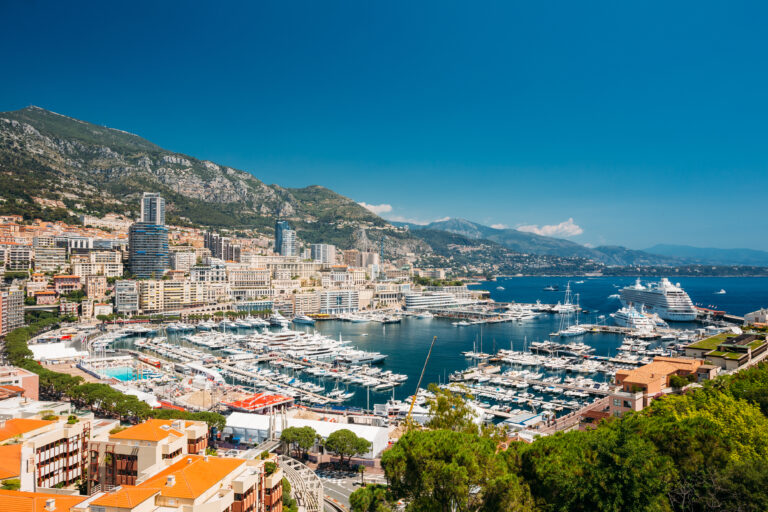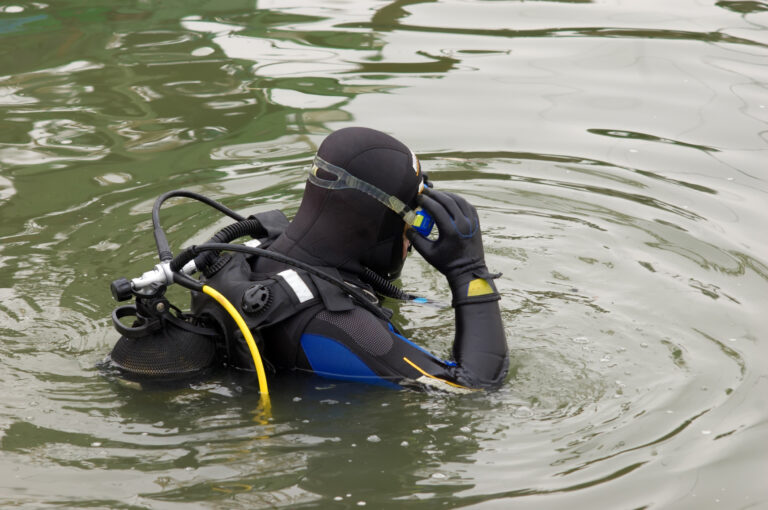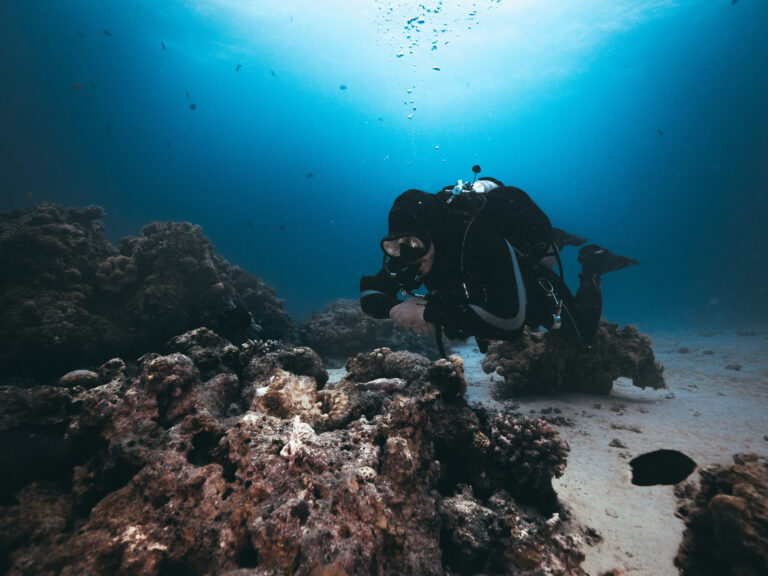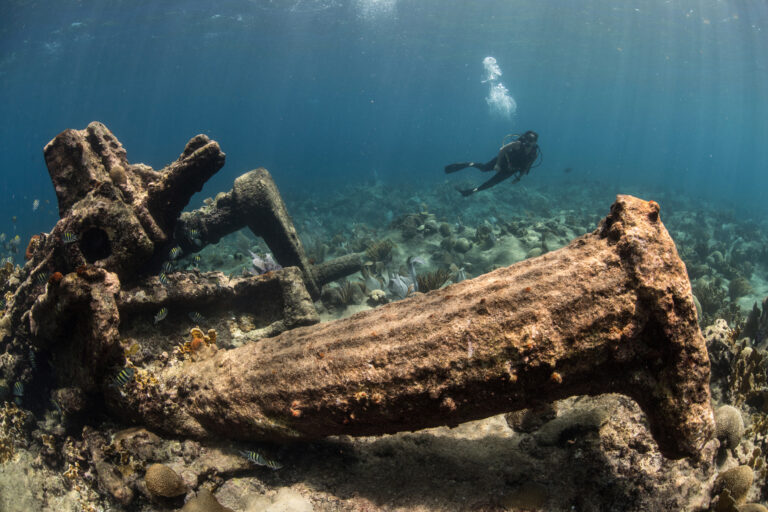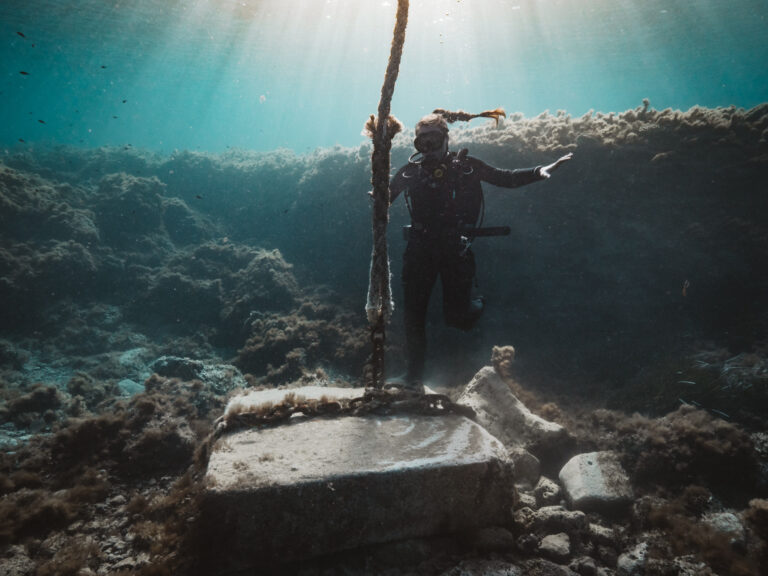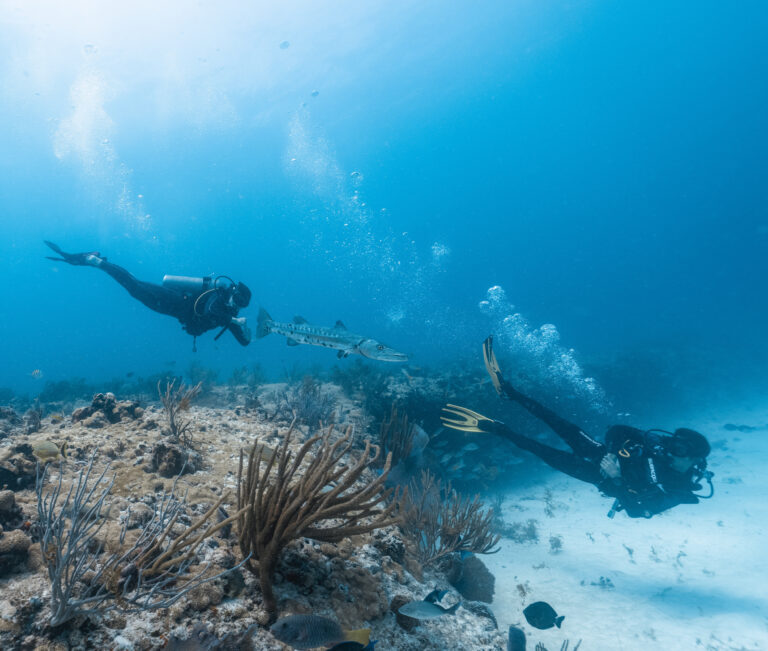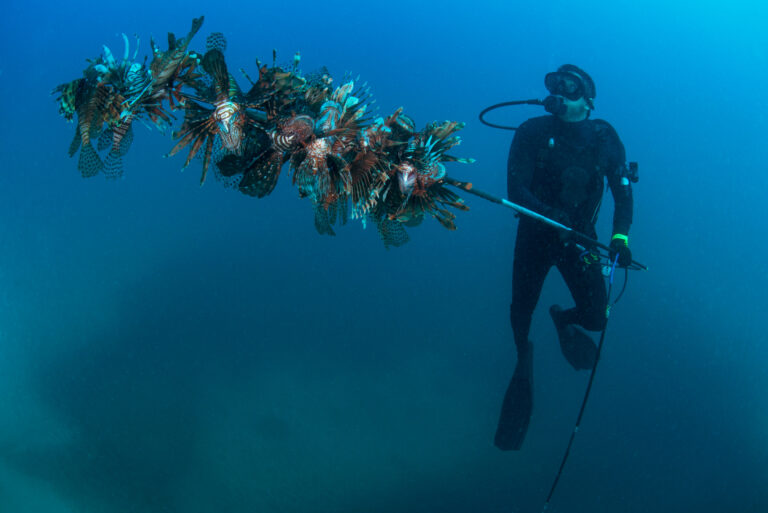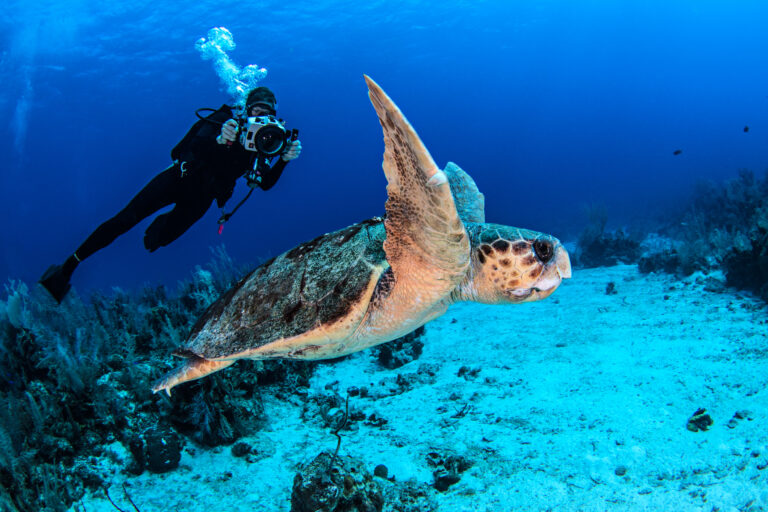SCUBA DIVERS’ TRAVEL GUIDE TO Argentina
Argentina is a land of contrasts, where the rugged Andes mountains meet the vast Pampas plains, where cosmopolitan cities coexist with quaint colonial towns, and where diverse ecosystems offer a rich variety of wildlife and scenery. But Argentina is also a paradise for scuba divers, who can explore the underwater wonders of the Atlantic and Pacific oceans, as well as the freshwater lakes and rivers of the interior. Whether you are looking for wrecks, reefs, caves, or marine life, Argentina has something for every diver. From the cold and clear waters of Patagonia, where you can encounter penguins, seals, and whales, to the warm and tropical waters of the north, where you can swim with dolphins, sharks, and colorful fish, Argentina will surprise and delight you with its underwater diversity. Come and discover why Argentina is one of the best scuba diving destinations in the world
LOCATION AND GEOGRAPHY
Argentina, a country with a vast and diverse geography, offers a unique scuba diving experience that ranges from the subtropical waters in the north to the icy currents of the southern Atlantic Ocean. The northeastern region, with its access to the expansive Paraná River, provides freshwater diving opportunities, while the central and eastern parts of the country open up to the Atlantic Ocean, offering a variety of marine environments. Notably, the Valdes Peninsula in Patagonia is renowned for its marine biodiversity, including seals, sea lions, and the southern right whales that migrate here annually. Further south, the remote and sparsely populated Tierra del Fuego archipelago presents the most adventurous divers with the chance to explore the frigid waters at the very tip of South America, where the Atlantic meets the Pacific. Argentina’s diverse underwater topography, which includes shipwrecks, kelp forests, and submerged canyons, coupled with its wide range of latitudes, makes it a compelling destination for divers seeking to explore both tropical and subantarctic marine ecosystems.
VISA AND ENTRY REQUIREMENTS
Before embarking on your underwater adventure to explore Argentina’s unique diving spots, such as the marine-rich waters of Puerto Madryn or the submerged forests in Villa Traful, it is essential to ensure you meet the country’s visa and entry requirements. Most travelers from North America, Europe, and Australasia can enter Argentina without a visa for periods of up to 90 days for tourism purposes. However, it’s crucial to have a passport valid for at least six months beyond your planned departure date from Argentina. Upon arrival, you’ll receive a free tourist card, which you must retain for departure. Some nationalities are required to pay a ‘reciprocity fee’ online before entering Argentina, so it’s important to check the latest requirements with the Argentine consulate or embassy in your home country. Always verify the current visa policies well in advance of your trip, as regulations can change. Keep in mind that if you plan to dive in protected marine areas, additional permits may be required, which can usually be arranged through local dive operators.
GETTING TO Argentina
Getting to Argentina for an unforgettable scuba diving adventure is a journey that promises both excitement and convenience. International travelers typically fly into Ezeiza International Airport in Buenos Aires, the nation’s bustling capital, which is well-connected with major cities across the globe. From there, domestic flights can whisk you away to coastal cities like Mar del Plata or Ushuaia in Tierra del Fuego, where the Atlantic meets the Southern Ocean, offering unique diving experiences. Overland travel is also an option, with comfortable long-distance buses and car rentals available for those who wish to take in the scenic routes. Once in Argentina, the country’s diverse diving spots are accessible by smaller regional airports, boats, or even by driving along the picturesque Patagonian routes. Whether you’re aiming to explore the submerged forests and marine life of Lake Nahuel Huapi in Bariloche or the shipwrecks off the Valdes Peninsula, Argentina’s extensive transportation network makes it easy to dive into the heart of its underwater wonders.
BEST TIME TO DIVE
Argentina, with its extensive coastline and access to the cold, nutrient-rich waters of the Atlantic, offers a unique scuba diving experience that is markedly different from tropical destinations. The best time to scuba dive in Argentina is during the Southern Hemisphere’s spring and summer months, from October to April, when the weather is warmer and the water temperatures are more comfortable for divers. During this period, the visibility tends to be better, particularly in places like Puerto Madryn and the Valdes Peninsula, which are renowned for their diverse marine life, including sea lions, elephant seals, and the occasional orca. Divers can also explore the submerged forests and freshwater diving in Lake Traful during these months. While diving is possible year-round, the winter months can be quite cold and challenging, especially for those not accustomed to diving in cooler waters.
ACCOMMODATION OPTIONS
Argentina, with its extensive coastline and access to the rich waters of the Atlantic, offers a variety of accommodation options for scuba divers looking to explore its underwater marvels. In the coastal town of Puerto Madryn, known as the gateway to the Peninsula Valdés, divers can find a range of lodgings, from budget-friendly hostels catering to solo travelers and groups, to luxurious hotels that offer full-service experiences, including dive packages and equipment rentals. Further south, in Ushuaia, the southernmost city in the world, accommodations are designed to provide comfort and warmth after a day in the chilly waters of the Beagle Channel, with options including cozy bed and breakfasts and boutique hotels that often feature stunning views of the surrounding landscapes. For those seeking a more immersive experience, liveaboard boats are available, allowing divers to wake up at different dive sites each day. Regardless of the choice, divers can expect hospitable service and helpful staff eager to assist with organizing dive excursions to Argentina’s underwater treasures, such as the submerged forests in Villa Traful or the marine life-rich waters of the Mar del Plata.
DIVE OPERATORS AND DIVE SHOPS
Argentina, with its extensive coastline and intriguing underwater environments, offers a unique scuba diving experience that is often overshadowed by its more famous South American neighbors. Dive operators and shops in Argentina are concentrated in areas with the most aquatic appeal, such as the marine-rich waters of Puerto Madryn in Patagonia, where the Valdes Peninsula provides encounters with sea lions and southern right whales. In Ushuaia, the world’s southernmost city, divers can explore kelp forests and cold-water species in the Beagle Channel. Argentine dive shops are known for their personalized service, often catering to small groups to ensure safety and attention to detail. They typically offer a range of PADI-certified courses, from beginner to advanced levels, and rent out essential gear, which is a boon for travelers not wanting to lug their equipment. While the diving season is year-round, the best visibility and conditions are usually from November to March. It’s advisable to check with local dive operators for specific regional advice, as the country’s diverse climates can affect dive conditions. Whether you’re exploring a sunken ship in Mar del Plata or enjoying the clear waters of freshwater lakes in the Andean Patagonia, Argentina’s dive operators and shops are equipped to provide an unforgettable subaquatic adventure.
TRANSPORTATION WITHIN Argentina
In Argentina, transportation options to reach your scuba diving destinations are as diverse as the country’s landscapes. For long distances, domestic flights connect major cities and regions, with airlines such as Aerolíneas Argentinas and LATAM offering routes to coastal cities like Mar del Plata or Ushuaia in Tierra del Fuego, gateways to unique diving experiences. Once you’re in the vicinity of your dive site, car rentals are widely available and provide the flexibility to explore the coastline at your own pace. For those looking to minimize driving, local buses and shuttles frequently service popular tourist areas, including coastal towns with dive shops and boat charters. In more remote locations, such as Patagonia, where some of the most pristine diving can be found in glacial lakes, you may need to arrange private transfers or join guided tours to ensure reliable and timely access. Always remember to check the local dive operators for their recommendations on the best way to reach their services, as they often have partnerships with transportation providers and can offer valuable advice for a smooth journey.
CURRENCY AND PAYMENT METHODS
In Argentina, the official currency is the Argentine Peso (ARS), and it is essential for scuba divers to have some local currency on hand for smaller purchases, tips, and establishments that may not accept credit cards. While major cities and tourist destinations often accept credit cards—Visa and MasterCard being the most widely accepted—remote diving spots may require cash payments. It’s advisable to exchange currency at official bureaus or banks to get the best rates and avoid street vendors offering currency exchange. ATMs are widely available in urban areas, but can be scarce in off-the-beaten-path diving locations, so plan accordingly. Additionally, inform your bank of your travel plans to avoid any potential blocks on your cards. Always carry a small amount of cash for incidentals, and remember that bargaining is not customary in Argentina, so prices are generally non-negotiable.
LANGUAGE AND COMMUNICATION
When embarking on a scuba diving adventure in Argentina, it’s important to note that Spanish is the official language, and a basic understanding of it can greatly enhance your experience. While in popular tourist destinations and within the diving community, you may find English-speaking guides and instructors, it’s not universally spoken, and communication can be challenging in more remote dive spots or with local fishermen and boat operators. It’s advisable to learn key phrases related to diving and general travel needs, such as equipment terms, emergency protocols, and directions. Additionally, dive briefings and safety instructions are often conducted in Spanish, so it’s beneficial to familiarize yourself with the diving vocabulary. Non-verbal communication, such as hand signals, is universally used underwater, but clarifying these with your dive buddy and guide before submerging is crucial to ensure mutual understanding. Carrying a waterproof dive slate or a set of pre-agreed hand signals can also be helpful. Embracing the local language and customs not only enriches your diving experience but also fosters a deeper connection with the vibrant Argentine culture and its warm, welcoming people.
LOCAL CULTURE AND ATTRACTIONS
Argentina, a country renowned for its vibrant culture and breathtaking landscapes, offers a unique blend of attractions for scuba divers and cultural enthusiasts alike. After exploring the underwater wonders, such as the submerged forests and intriguing marine life in the clear waters of Lake Traful or the mysterious shipwrecks off the coast of Puerto Madryn, divers can immerse themselves in the local culture. The country’s rich heritage is palpable in its passionate tango music, which echoes through the streets of Buenos Aires, and in the colorful arts and crafts markets found in many towns. Gastronomy is another highlight, with Argentina’s world-famous steaks and Malbec wines providing the perfect end to a day of aquatic adventures. Visitors can also marvel at the stunning architecture, from the colonial buildings of Salta to the European influences in the capital city, or take part in traditional festivals that celebrate everything from the local harvest to the country’s independence. Whether it’s through its historical sites, folkloric performances, or the warm hospitality of its people, Argentina’s local culture and attractions offer a rich tapestry that complements the underwater thrills that initially draw scuba divers to its shores.
CULTURAL ETIQUETTE AND TIPS
When scuba diving in Argentina, it’s important to embrace the local customs and cultural nuances to ensure a respectful and enriching experience. Argentine culture is warm and welcoming, with a strong emphasis on personal relationships and social interactions. Before or after your dive, you may find yourself invited to share a mate (a traditional herbal tea) with your dive crew or local divers; accepting such invitations is a great way to bond and learn more about Argentine customs. When interacting with locals, be punctual for dive appointments as it shows respect, but also be prepared for a more relaxed approach to time post-dive, as social events often start later than scheduled. It’s customary to greet with a single kiss on the cheek, even when meeting someone for the first time. When discussing the Falkland Islands, referred to as “Islas Malvinas” in Argentina, be aware that this is a sensitive topic due to the historical conflict, so it’s best to listen more and speak less. Lastly, tipping is appreciated but not mandatory; however, if you receive exceptional service from your dive guides or boat crew, a tip of around 10% is a kind gesture that acknowledges their effort and expertise.
LOCAL LAWS AND REGULATIONS RELEVANT TO TOURISTS
When planning a scuba diving trip to Argentina, it is crucial to familiarize yourself with local laws and regulations to ensure a safe and lawful experience. Argentina requires all divers to be certified by a recognized scuba diving organization, and proof of certification must be presented at diving centers. Diving within national parks, such as the Tierra del Fuego in the south, is subject to specific regulations to protect delicate ecosystems, and often requires a permit or a guide. It is illegal to remove any natural artifacts from underwater sites, including shells and rocks. Additionally, certain areas may be protected under marine conservation laws, restricting diving activities to preserve biodiversity. Tourists should also be aware that diving in the vicinity of naval or military operations is strictly prohibited. It is advisable to check with local dive shops for the most current information on restricted areas, weather advisories, and any temporary regulations that may be in place. Always respect local guidelines and approach the underwater environment with a conservationist mindset to help preserve Argentina’s rich marine heritage for future generations.
SAFETY TIPS AND EMERGENCY CONTACTS
When diving in the diverse waters of Argentina, safety should be your utmost priority. Always dive within your certification limits and ensure that your equipment is in excellent condition. Due to the varying conditions, from the warm waters of Puerto Madryn, where you can encounter sea lions, to the colder, glacier-fed lakes of Patagonia, it’s crucial to be prepared for different environments. Be aware of the potential for strong currents and sudden weather changes, particularly in the Southern Atlantic and around the Valdes Peninsula. It’s advisable to dive with a local operator who knows the area and can provide a safety briefing tailored to the specific site. In case of an emergency, familiarize yourself with the local procedures. The national emergency number in Argentina is 107 for medical emergencies, which can direct you to the nearest hyperbaric chamber if necessary. Additionally, DAN (Divers Alert Network) Latin America provides emergency assistance and can be reached at +1-919-684-9111 for dive-related incidents. Always carry a means of communication, such as a marine VHF radio or a satellite phone when diving in remote locations, and ensure that you have the contact information for local coast guard services. Remember, the best way to handle an emergency is to prevent it through careful planning and constant vigilance.
HEALTH AND TRAVEL INSURANCE
When planning a scuba diving trip to Argentina, it is crucial to consider your health and travel insurance options carefully. Argentina’s diverse underwater landscapes, from the sub-tropical waters of the Paraná River to the icy depths of Ushuaia in Tierra del Fuego, offer thrilling experiences for divers, but they also come with inherent risks. Ensure that your travel insurance policy includes comprehensive coverage for scuba diving activities, as standard policies may exclude such specialized sports. Look for policies that cover hyperbaric treatment, medical evacuation, and repatriation in case of a diving emergency. Additionally, Argentina’s health care system is well-regarded in major cities, but facilities may be limited in remote diving locations, making adequate insurance coverage even more essential. Before departure, verify that your insurance is accepted by local dive operators and understand the procedure for filing a claim from abroad. Taking these precautions will allow you to explore Argentina’s underwater marvels with peace of mind, knowing that you are well-protected against unforeseen medical and travel contingencies.

